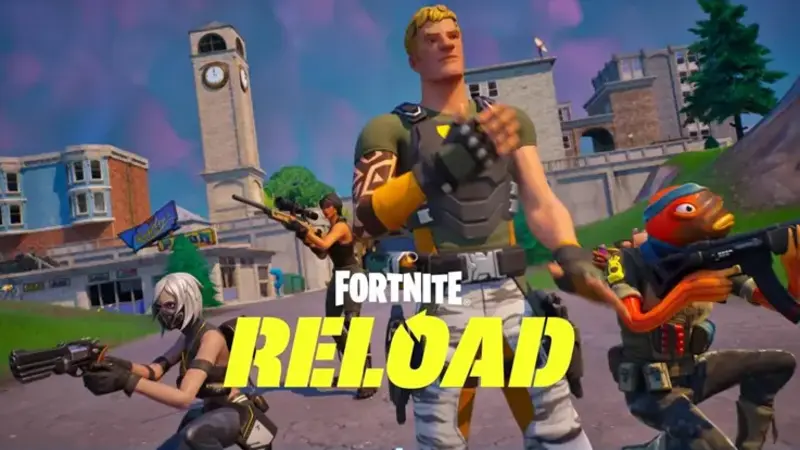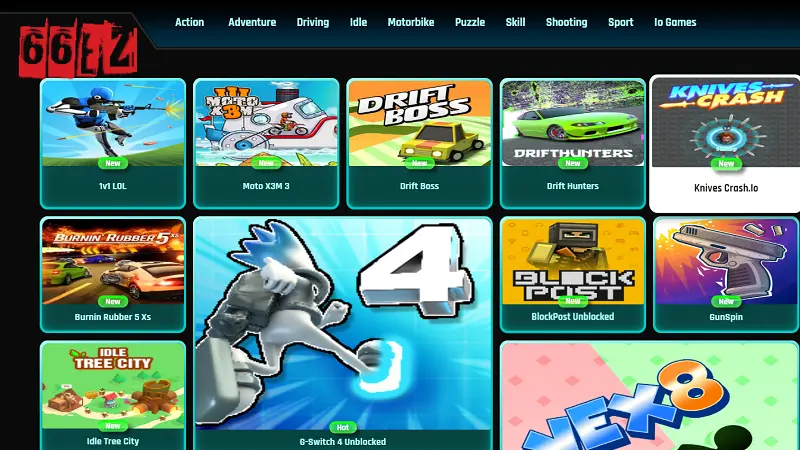Ever tried playing a new game on an old setup, only to end up staring at endless loading screens? You’re not alone. Gaming today is all about speed and smooth performance, and that depends on the hardware inside your system. With more people gaming than ever—and prices climbing—knowing what’s worth upgrading matters.
In this blog, we will share the most essential components every gamer should understand, whether you’re building your first setup or just trying to fix frustrating lag.
Why the right gear makes a big difference
Your gaming experience relies heavily on what’s inside your system, not just the screen. A strong graphics card is key—it powers visuals, frame rates, and overall performance, especially for modern games that demand more than budget models can handle.
Next comes the CPU. That’s the brain. It processes instructions, handles game logic, and helps with AI, physics, and other tasks. A faster CPU means quicker responses and fewer bottlenecks.
Then there’s memory. RAM is what lets your system run multiple processes at once. When a game loads assets like textures, environments, or enemies, it leans heavily on RAM. If you don’t have enough, things slow down.
But performance isn’t just about speed—it’s about storage too. That’s where the drive comes in. Games today are huge. One AAA title can eat up over 100GB. And those long loading times? Often caused by outdated storage.
Many gamers now switch from hard drives to solid-state drives. A 1TB SSD has become the sweet spot. It gives you enough space for your game library and faster load times. Files open quicker. Boot-ups are near instant.
But exactly what is 1TB SSD? It’s a solid-state drive that uses flash memory to store data, rather than spinning disks like traditional hard drives. That means it’s faster, quieter, and more durable. With a terabyte of space, it holds a large number of games, videos, or software—all without slowing down your system. This is why serious players see it as a must-have, especially as game sizes grow with every new release.
Switching to this kind of storage isn’t just a nice-to-have. It’s a game-changer. It helps cut down on loading screens, improves install speeds, and can even reduce in-game stuttering. And it doesn’t wear out as easily as older drives. If you’re putting together a setup and wondering where to invest, this is one of the first upgrades to consider.
Graphics, sound, and screen: don’t overlook the extras
Now that you know what powers the system on the inside, let’s talk about what you see and hear. These are the components that make gaming feel real—or not.
Your monitor matters. If you’re still gaming on a 60Hz screen, you’re missing out on smoother motion. Many modern monitors now run at 120Hz, 144Hz, or even higher. That makes a big difference in fast-paced games. Think shooters or racing sims. It reduces motion blur and makes tracking enemies easier.
Resolution is another factor. While 1080p is still fine for most setups, 1440p and 4K options are becoming more affordable. But remember, higher resolution demands more from your GPU. Don’t jump to 4K unless your graphics card can keep up.
Sound is often ignored, but it shouldn’t be. A solid pair of headphones or a good sound system brings your game to life. Spatial audio helps you hear where footsteps or shots are coming from. That’s not just fun—it can give you an edge.
Controllers and keyboards also make a difference. Mechanical keyboards give faster feedback. Gaming mice offer better tracking. Even your controller’s response time can change how the game feels in your hands.
These might sound like minor tweaks, but together, they shape the full experience. You can have a great graphics card, but if your display is outdated or your sound is flat, something will always feel off.
Cooling, power, and reliability
All that power creates heat. That’s why cooling systems matter more than people think. Whether it’s fans, heat sinks, or liquid cooling, you need to keep your components at a safe temperature. Overheating doesn’t just slow things down. It shortens the life of your parts.
A decent power supply is another unsung hero. If you’re upgrading your GPU or adding more drives, make sure your PSU (power supply unit) can handle it. Go for trusted brands and give yourself some headroom with wattage. It’s not the flashiest part of your setup, but it’s one of the most important.
Cable management, airflow, and dust control also play a role. Clean setups aren’t just for looks—they keep systems running smoother and longer. That means fewer crashes and better performance in the long run.
The impact of streaming and content creation
Gaming is no longer just about playing. It’s also about sharing. Twitch, YouTube, TikTok—players now build careers streaming their matches or uploading highlight reels. If this is something you’re interested in, you’ll need a few extra tools.
A good webcam and mic are essential. So is a capture card if you’re streaming from a console. And don’t forget a second monitor. It makes multitasking easier, especially if you’re managing chat or watching your stream output.
Streaming also pushes your system harder. Recording while playing needs more RAM, CPU power, and disk space. So if content creation is on your radar, you’ll want to level up those specs early on.
Why understanding your gear matters more than ever
The tech world moves fast. Every few months, there’s something new on the market. But newer doesn’t always mean better. Sometimes, it means more expensive. That’s why understanding what each component does helps you spend smarter.
You don’t need the most expensive setup to enjoy modern games. What you need is the right balance. A reliable processor, solid GPU, enough RAM, and fast storage will go a long way. Add a few quality-of-life upgrades like a better screen or sound setup, and your experience jumps to another level.
We’re in a time where digital performance matters. Whether you’re playing casually or looking to compete, knowing your system helps you play better, upgrade wisely, and get the most from your investment.
Because in the end, nobody wants to lose a match because their system lagged—or because their gear couldn’t keep up with the action. Know your setup, upgrade when it counts, and let the game begin.




